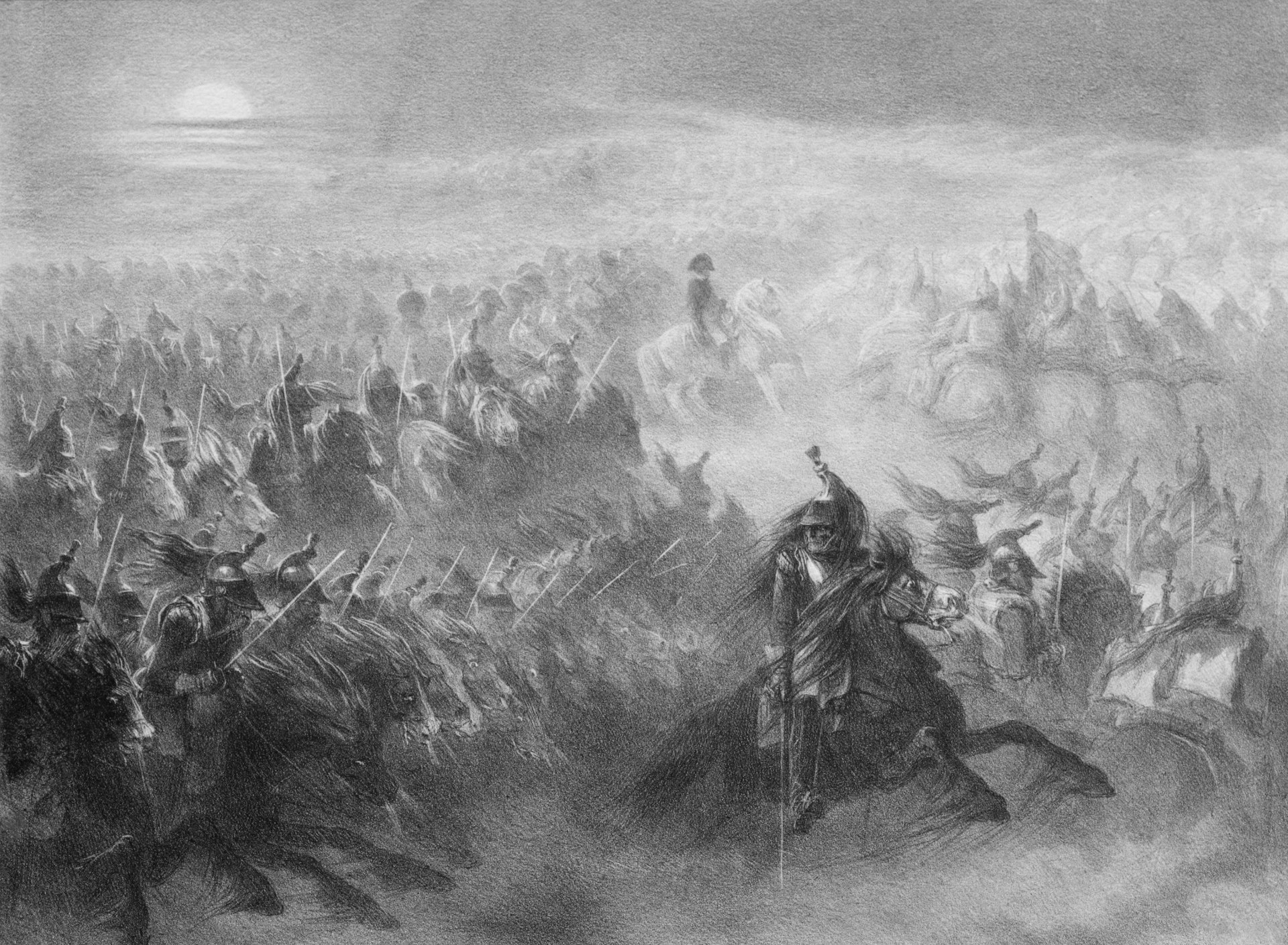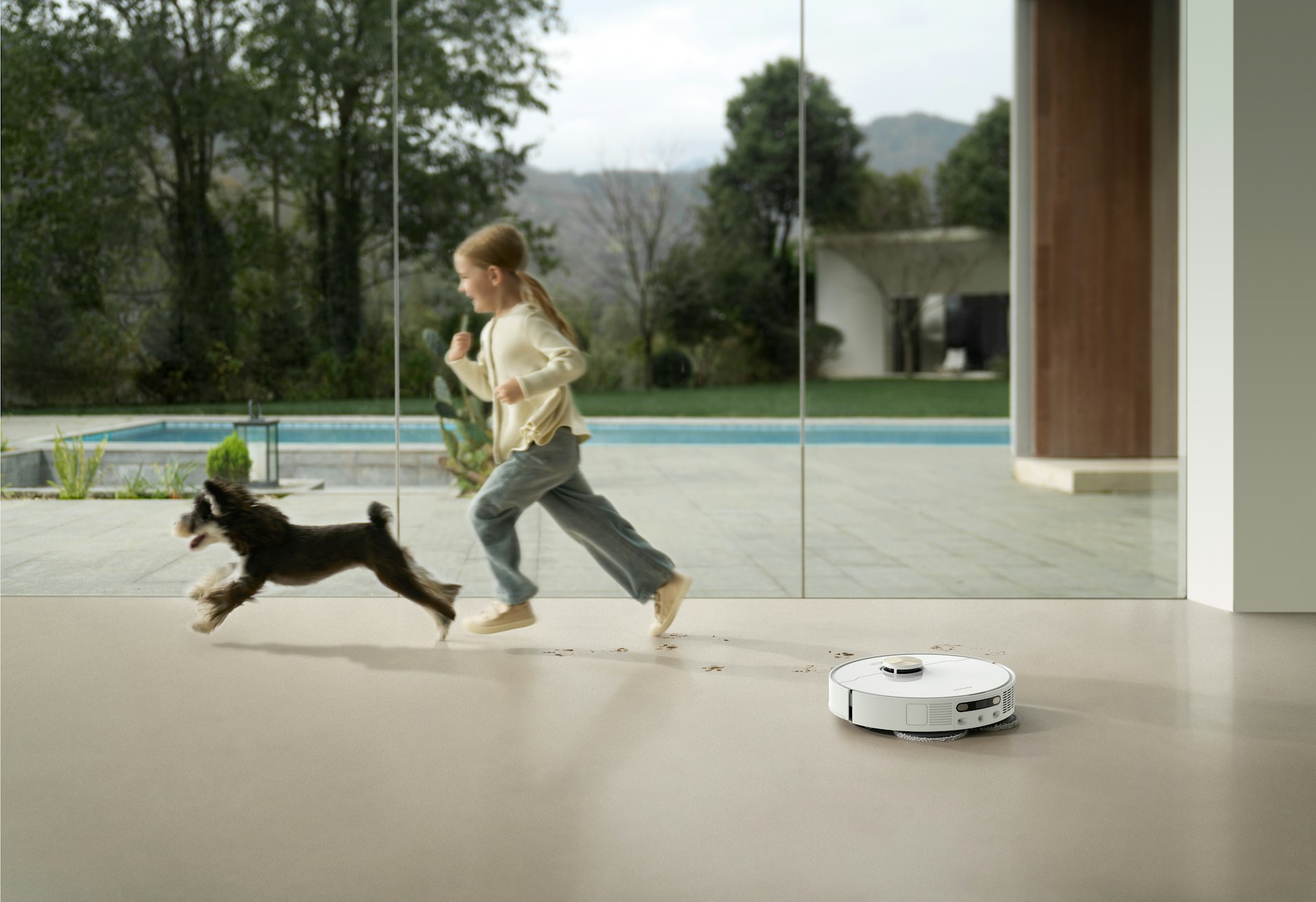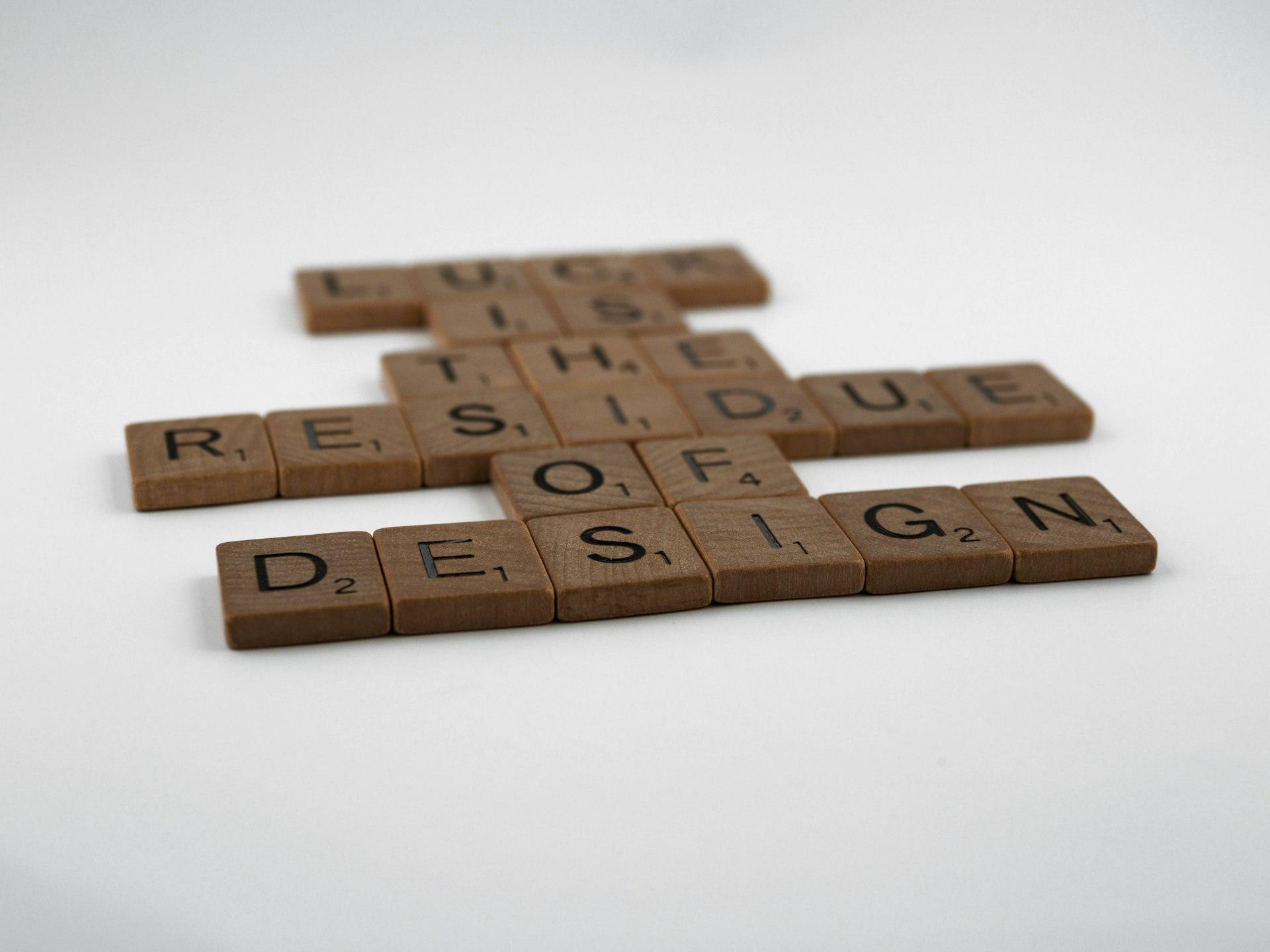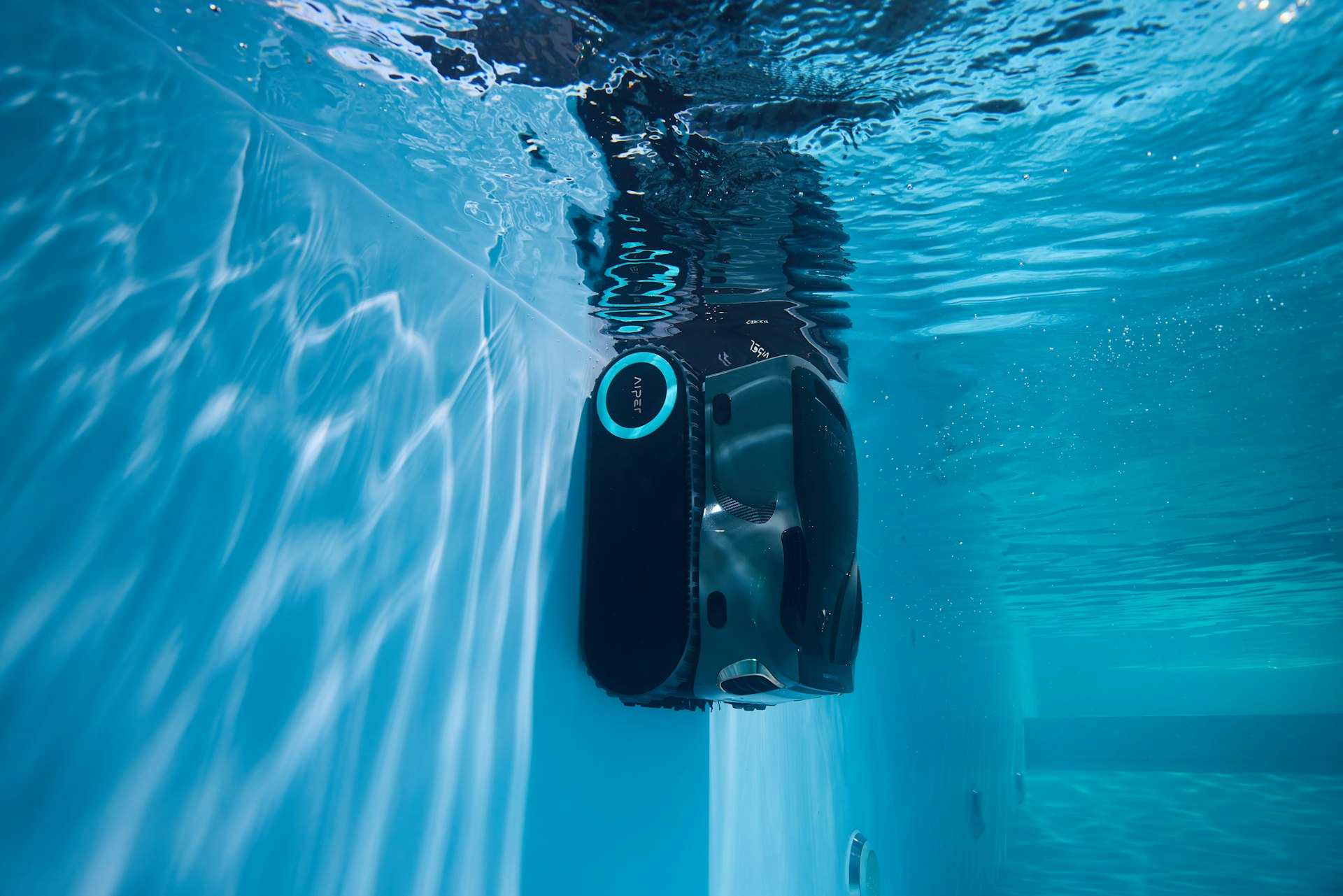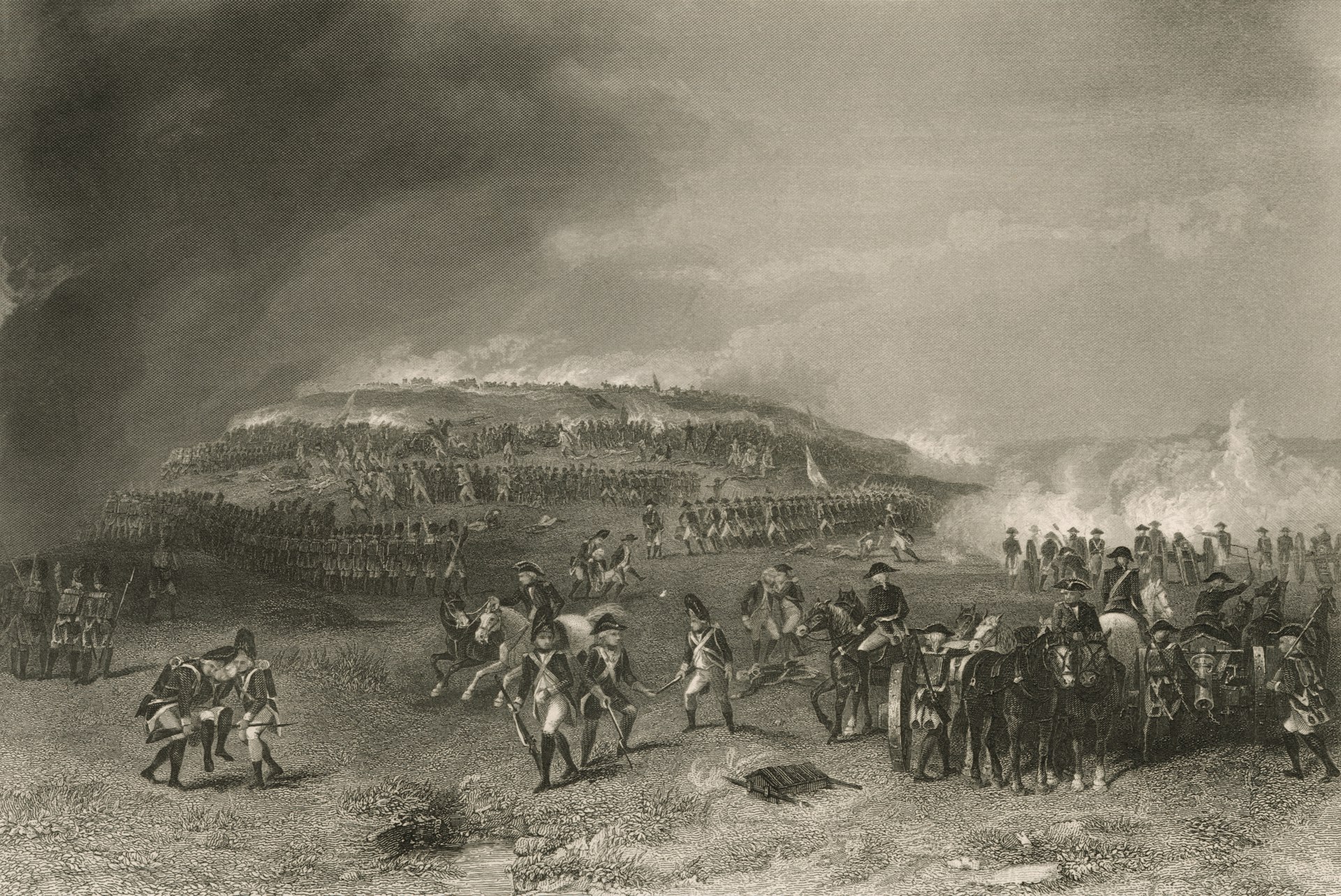How Artificial Intelligence Is Transforming Trend Forecasting: Actionable Strategies for Business Growth

Photo by Steve Johnson on Unsplash
Introduction: The New Era of Trend Forecasting
In today’s hyper-connected world, staying ahead of market trends is essential for businesses aiming to thrive. Traditional trend forecasting methods-relying heavily on expert intuition and historical data-often struggle to keep pace with rapid shifts in consumer behavior. Artificial intelligence (AI) is fundamentally changing this landscape. By harnessing AI, companies can analyze immense volumes of real-time data to predict trends with unprecedented speed and accuracy [1] . This article explores the core promises of AI in trend forecasting, real-world applications, actionable steps for adoption, and guidance on accessing these transformative technologies.
What Is AI-Powered Trend Forecasting?
AI-powered trend forecasting leverages machine learning, deep learning, and advanced data analytics to identify emerging patterns from diverse data sources. Unlike traditional methods, AI systems process social media images, search trends, online shopping data, and consumer feedback in real time [2] . This results in faster, more accurate predictions for both seasonal and viral trends.
Key components of AI trend forecasting include:
- Data Collection: Aggregating information from social media, e-commerce, search engines, and consumer reviews.
- Pattern Recognition: Using neural networks and other algorithms to detect subtle shifts in consumer preferences.
- Automated Prediction: Delivering actionable insights on upcoming trends, optimal timing, and target demographics [3] .
Benefits of AI in Trend Forecasting
AI-driven trend forecasting delivers a range of strategic benefits:
- Improved Accuracy: AI analyzes millions of data points, reducing human error and bias. Brands like Heuritech have demonstrated that AI can detect over 2,000 fashion attributes daily, helping businesses align collections with real-world demand [4] .
- Faster Response Times: AI systems provide trend insights in real time, enabling companies to adapt swiftly to shifting consumer interests.
- Cost and Time Savings: Automation reduces manual research, allowing design and merchandising teams to focus on execution [3] .
- Reduced Waste: More accurate forecasting helps optimize inventory and production, minimizing overstock and environmental impact [2] .
- Hyper-Personalization: AI enables tailored recommendations and product designs that reflect evolving customer tastes.
Real-World Applications and Case Studies
Multiple industries are leveraging AI for trend forecasting. Some prominent examples include:
- Fashion & Apparel: Companies such as WGSN and Heuritech use AI to analyze millions of social media images and runway photos, predicting which styles, colors, and materials will gain traction next. Heuritech, for example, supports brands in optimizing product lines and demand planning by quantifying market interest with image recognition technology [5] .
- Retail & E-Commerce: Tools like Trendalytics and Exploding Topics monitor Google Trends and online discussions to spot emerging product categories, enabling e-commerce platforms to adjust offerings rapidly [1] .
- Design & Interior: Platforms such as GeoStyle scan millions of images to identify new design inspirations, helping designers stay ahead of tastes in materials and aesthetics [3] .
Case Example: Heuritech’s AI platform analyzes over 3 million social media images daily, detecting attributes like prints and fabrics to guide sportswear and fashion clients in product planning-leading to leaner inventory and better sales alignment [4] .
Implementing AI Trend Forecasting: Step-by-Step Guidance
Adopting AI for trend forecasting involves several actionable steps:

Photo by Markus Spiske on Unsplash
- Assess Your Data Sources: Identify where your organization collects trend-relevant data-social media, sales, search analytics, customer feedback, etc. Review data privacy compliance before integration.
- Select an AI Solution: Evaluate AI platforms based on your industry needs. For fashion, consider established vendors like Heuritech or WGSN. For broader retail, explore Trendalytics or Exploding Topics. Assess each provider’s data coverage, features, and customer support.
- Integrate with Internal Tools: Collaborate with IT to connect AI forecasting tools to your design, inventory, and marketing software. This ensures insights flow directly into business processes.
- Customize Forecasting Models: Work with your AI vendor or internal data science team to tailor prediction models for your market, geography, and customer segments.
- Establish Feedback Loops: Regularly review AI-driven insights and compare outcomes to actual sales and market trends. Use this feedback to refine models and improve prediction accuracy [2] .
If you are new to AI-based trend forecasting, you may consider:
- Starting with free or trial versions of analytics tools to understand potential impact.
- Consulting with industry experts or agencies specializing in AI transformation for tailored advice.
- Seeking partnerships with universities or research labs if advanced customization is needed.
Challenges and Solutions in AI Trend Forecasting
While AI offers clear advantages, some challenges may arise:
- Data Privacy: Using consumer data, especially from social media, raises privacy concerns. Ensure compliance with relevant regulations such as GDPR or CCPA.
- Algorithmic Bias: AI predictions are only as good as the datasets they learn from. Counteract bias by diversifying data sources and reviewing results for anomalies [3] .
- Balancing Automation with Human Insight: AI excels at pattern detection, but creative teams should interpret insights contextually, blending data with intuition.
- Resource Investment: Implementing AI solutions may require upfront costs and technical expertise. Some organizations offset this by starting small and scaling as ROI becomes clear.
Accessing AI Trend Forecasting Solutions
You can explore AI-powered trend forecasting by:
- Visiting the official websites of leading providers such as Heuritech, WGSN, or Trendalytics for solution overviews and contact options. Ensure you verify the company’s credentials and request product demos.
- Searching for “AI trend forecasting platforms” or “fashion AI analytics” on reputable business technology review sites for comparisons and user feedback.
- Contacting your industry association or local chamber of commerce for recommendations on trusted AI service providers.
- If you need tailored implementation, consider reaching out to consulting firms with expertise in AI-driven digital transformation. Search for these by using terms like “AI trend forecasting consulting services” alongside your industry.
- For academic or non-profit projects, explore partnerships with local universities’ data science or business analytics departments.
Always ask about data privacy, integration support, and post-deployment training before making a commitment.
Key Takeaways and Next Steps
Artificial intelligence in trend forecasting is reshaping how businesses predict and respond to market shifts. By leveraging AI-powered analytics, companies can:
- Accelerate product development and inventory planning
- Enhance decision-making with real-time, data-driven insights
- Reduce costs and environmental impact
- Build lasting competitive advantage through rapid adaptation
To begin your journey, clearly define your goals, evaluate available AI solutions, and seek expert guidance when needed. As the technology evolves, maintaining a balance between automated insights and human creativity will be critical for long-term success.
References
- [1] Constructor (2025). How to Use AI for Fashion & Apparel Trend Forecasting.
- [2] AIMultiple (2025). Top 10 AI in Fashion Use Cases & Examples in 2025.
- [3] Newroom.io (2024). AI for Design Trend Forecasting: Use Cases & Benefits.
- [4] Heuritech (2025). Trend forecasting with AI: Fashion’s way forward.
- [5] Heuritech (2025). Fashion trend forecasting & prediction with AI.
MORE FROM oncecoupon.com

